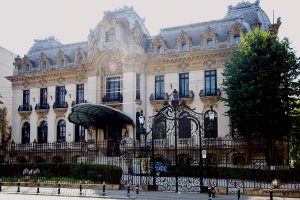About Bucharest
Bucharest is the capital of Romania, an important political, economic, commercial, financial, cultural, touristic center and one of the great cities of the world, administratively divided into six sectors.
The city was first mentioned in 1459 and became the capital of Romania in 1862. Since then, it has undergone a series of changes and has become the center of the Romanian mass media, culture and art scene. Its distinctive architecture, which is a mixture of historical, communist and modern, reflects the varied history of the city.
In the interwar period, its elegant architecture and sophistication earned it the title of “Little Paris“.
Although a large part of the historic center was damaged by war, earthquakes and Nicolae Ceaușescu’s systematization program, most of the space survived and in recent years has been undergoing economic and cultural expansion.
The capital Bucharest is located in the S-SE part of the country, at an altitude of 60-90 m, on the Dâmbovita and Colentina rivers, at 44°25’50” north latitude (like Belgrade, Geneva) and 26°06’50 ” east longitude (like Helsinki or Johannesburg). The city has an area of 228 km2 and a population of over 2 million – about 9% of the total population and about 15% of the urban population. In terms of the number of inhabitants, Bucharest is the third city in the region, after Athens and Istanbul.
The city of Bucharest is located in the southeast of the country, between Ploiești and Giurgiu, on the banks of the Dâmbovița river, which flows into Argeş, a tributary of the Danube. Several lakes stretch along the Colentina River, in the perimeter of the city, such as Lake Floreasca, Lake Tei or Lake Colentina, and in the center of the city there is a lake, Lake Cișmigiu. This lake, the former pond in the old medieval city, is surrounded by the Cișmigiu Garden, inaugurated in 1847 according to the plans of the German architect Carl F. W. Meyer.
In addition to Cișmigiu, there are two other large parks, Herăstrău Park (with the Village Museum) and the Botanical Garden, the largest in Romania and containing over 10,000 species of plants, including exotic ones.
Parliament Palace, was built by order of the dictator Ceaușescu between 1984 and 1989, it is the second largest building in the world with its 265,000 square meters after the Pentagon with an area of 604,000 square meters.
Historical vestiges in Bucharest:
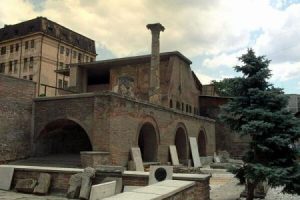
Curtea Veche – an important political and administrative center of Wallachia, the most important medieval buildings from the XV-XVIII centuries, on the territory of the municipality. The fortress, built during the reign of Vlad Țepes, was intended for the protection of the Royal Court in a fortified center.
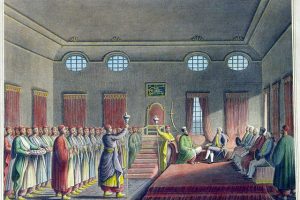
Curte Nouă or Curtea Arsa it was built by Alexandru Ipsilanti in 1776, being seriously affected by fires and earthquakes, today only part of the walls and cellars can be seen.
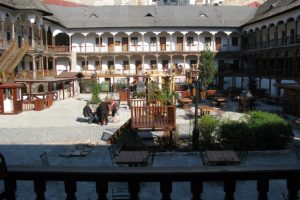
Hanul lui Manuc, built by a great merchant – Manuc-bei in the first decade of the century. XIX, is currently one of the most important historical and architectural monuments in Bucharest.
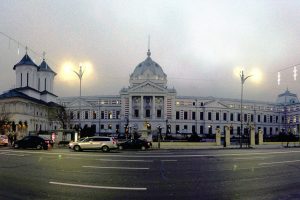
Colțea Hospital is the first hospital built by Mihai Cantacuzino in 1704, the current building dates from 1888 and represents one of Bucharest’s architectural models from the end of the century. XIX
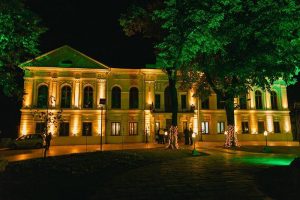
Ghica Palace built by ruler Grigorie Dimitrie Ghica in 1882, it is an important edifice, a symbol of the neoclassical style in Wallachia.
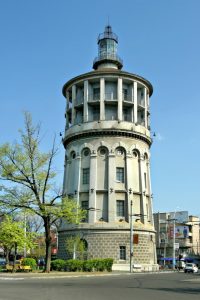
Foisorul de Foc (1892-1983) was built as an observatory for fires and as a fire station, with a height of 50 m, it was one of the prominent buildings in Bucharest at the time, today the gazebo has become the Museum of Firefighters.
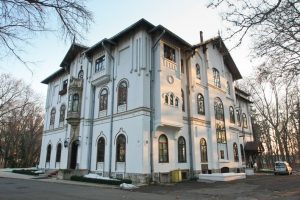
Știrbei Palace (1835), built in the same neoclassical style according to the project of the French architect Sanjouand, is an elegant building with Greek elements that belonged for a time to the princely family of Știrbe, today the Museum of Ceramics and Glass is located here.
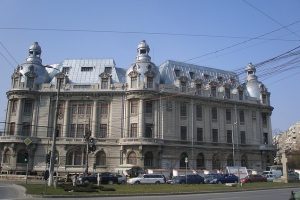
Universității Palace (1857-1869), a massive construction designed by the architect Alexandru Orascu and K. Storck, is one of the oldest and most famous institutions of higher education in Bucharest.
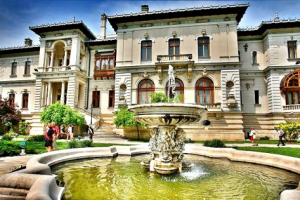
Cotroceni Palace, built in 1893 according to the plans of the French architect Paul Gottereau with numerous elements of native architecture, it was intended as the permanent residence of Crown Prince Ferdinand, today serving as the residence of the President of the Country.
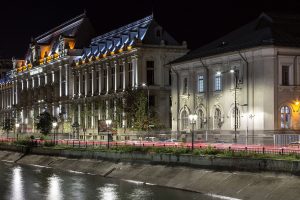
Justice Palace (1890-1895), built in the French Renaissance style, according to the project of the architect A Ballu, is completed by Ion Mincu, with statues symbolizing Law, Justice, Justice, Truth, Strength and Prudence.
